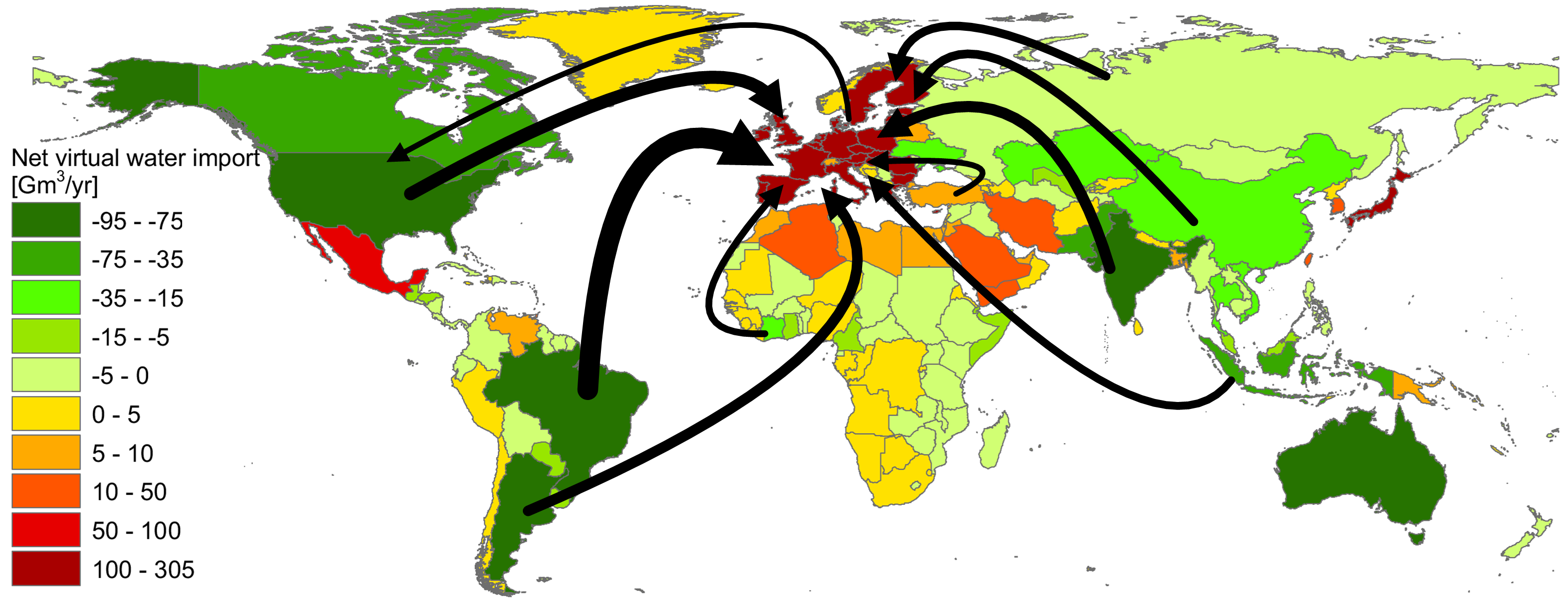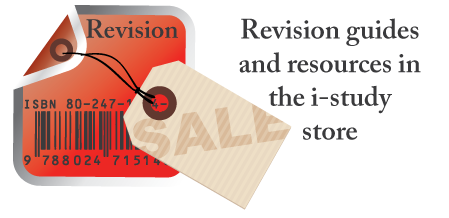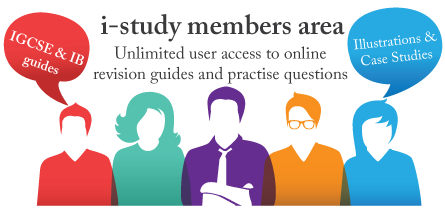Ecological Footprints
Using the footprintnetwork.org webpage:
- Describe what the Ecological footprint measures.
- What unit of measurement does the ecological footprint use?
- Explain what ecological deficits and ecological reserves are.
- What is the ecological footprint of the world (how many planets do we need)?
- What is overshoot day and how has it been changing over recent decades?
- Using this map describe the global pattern of ecological deficit and reserve.
- Change the map to show total ecological footprint, describe and explain which countries have the highest total ecological footprint.
- Change the map again to show Ecological footprint per person, describe and explain the main changes when the ecological footprint is calculated per capita.
- Using this page, select 3 countries (include Spain) to graph the ecological footprint over time, screenshot or download the graph. Compare the 3 countries you have chosen and try and explain the patterns shown/changes that have happened.
- Will technological advances reduce our ecological footprints or do we need to change our habits? Explain your answer.
- Use the link in Fig 1.2 to calculate your own ecological footprint. Screenshot the results and add to your notes.
- Suggest ways in which you could reduce your ecological footprint.




